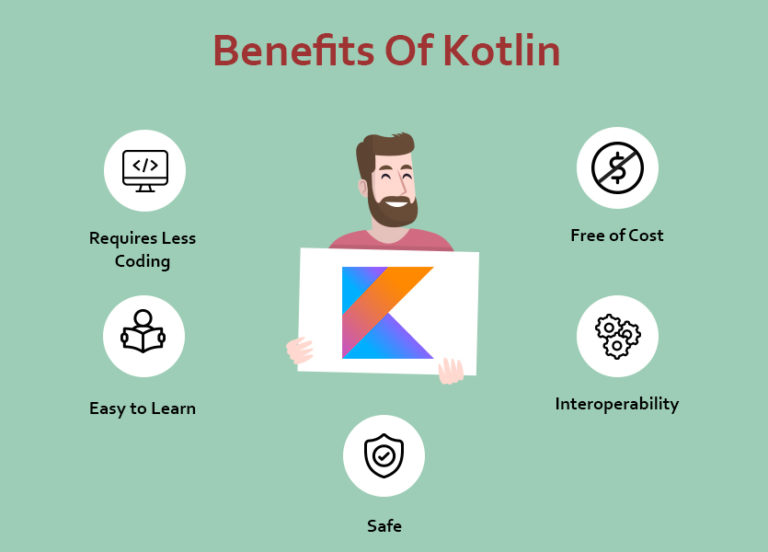

Since the release of Android Studio 3.0 in October 2017, Kotlin has been included as an alternative to the standard Java compiler. On, Google announced that the Kotlin programming language is now its preferred language for Android app developers. Language development costs are borne by JetBrains, while the Kotlin Foundation protects the Kotlin trademark.

Kotlin mainly targets the JVM, but also compiles to JavaScript (e.g., for frontend web applications using React ) or native code via LLVM (e.g., for native iOS apps sharing business logic with Android apps). Kotlin is designed to interoperate fully with Java, and the JVM version of Kotlin's standard library depends on the Java Class Library, īut type inference allows its syntax to be more concise. Declarations that are protected in a class, can be accessed only in their subclasses.Kotlin ( / ˈ k ɒ t l ɪ n/) is a cross-platform, statically typed, general-purpose high-level programming language with type inference. Protected ModifierĪ Protected Modifier in Kotlin: CANNOT be set on top-level declarations. If we don’t mention the declaration of the members of the class, they are public(unless they are overridden). Just like the Java public modifier, it means that the declaration is visible everywhere.Īll the above declarations are the in the top level of the file. Following are the visibility modifiers:Ī Public Modifier is the default modifier in Kotlin. They use the same modifier as that of the property. The getters can’t have a visibility modifier defined. The setters of properties in Kotlin can have a separate modifier from the property. Visibility Modifiers are modifiers that when appended to a class/interface/property/function in Kotlin, would define where all it is visible and from where all it can be accessed. In this tutorial, we’ll be discussing the various Visibility Modifiers available in Kotlin programming.


 0 kommentar(er)
0 kommentar(er)
